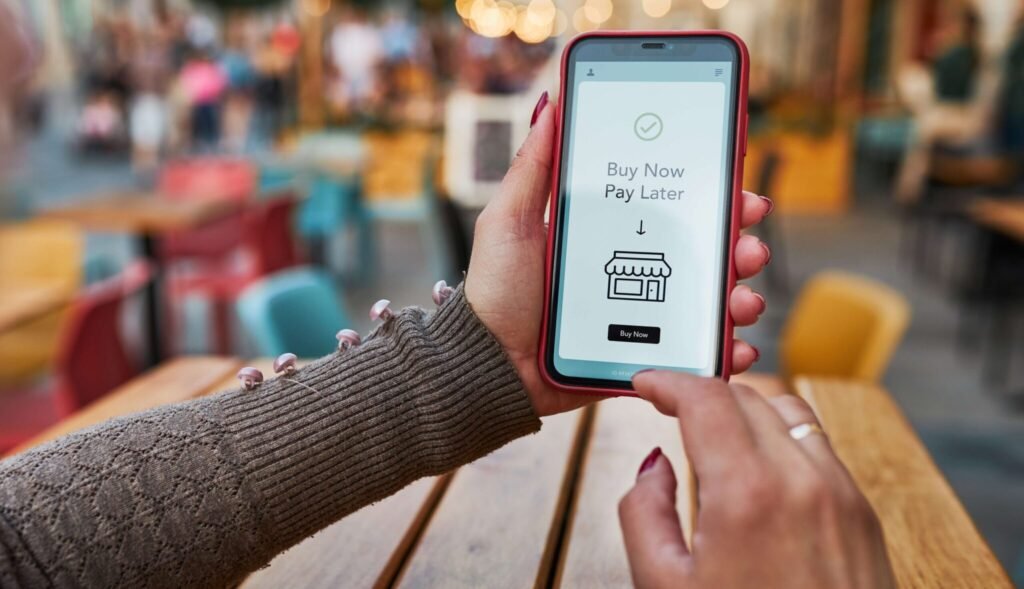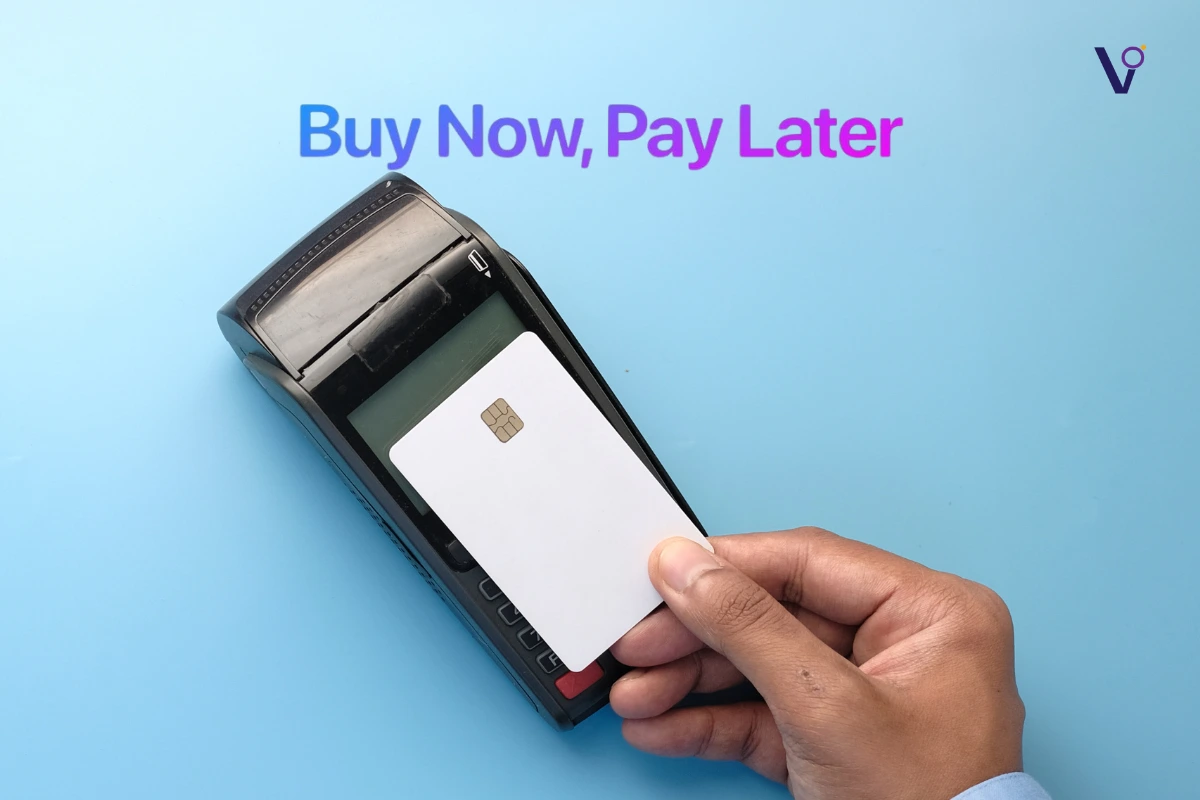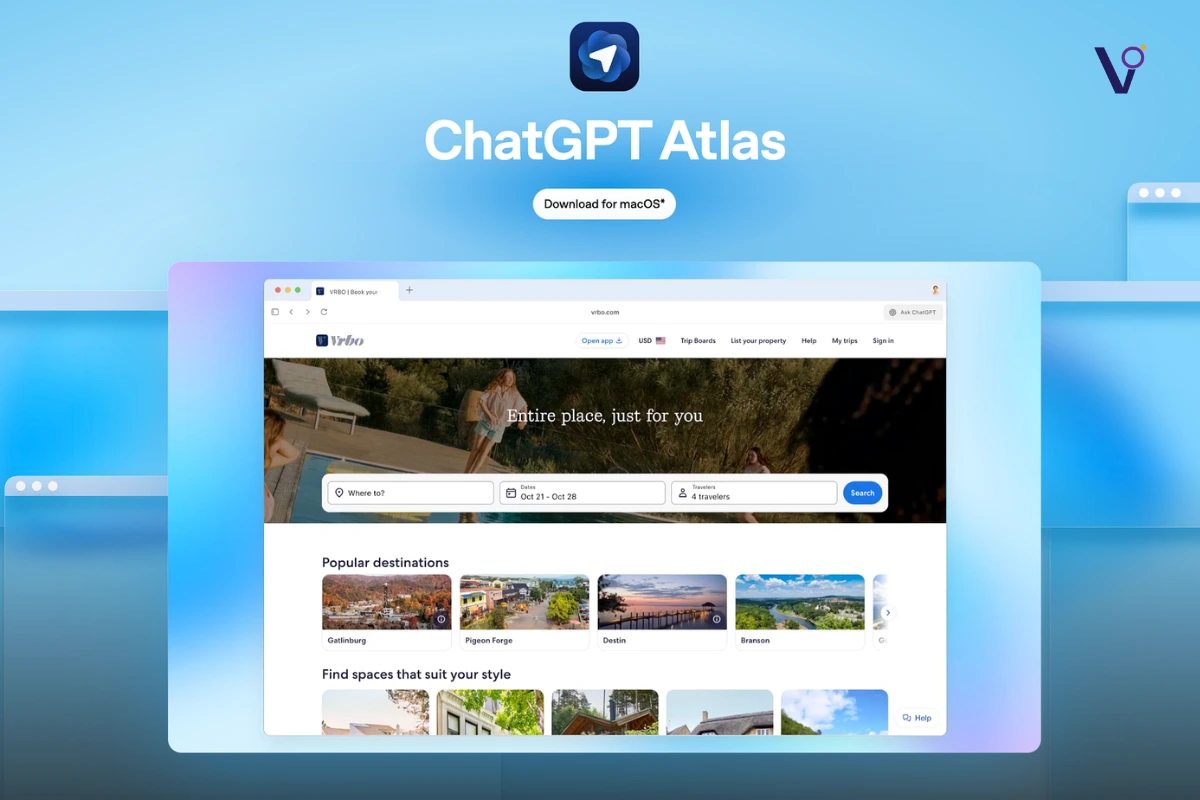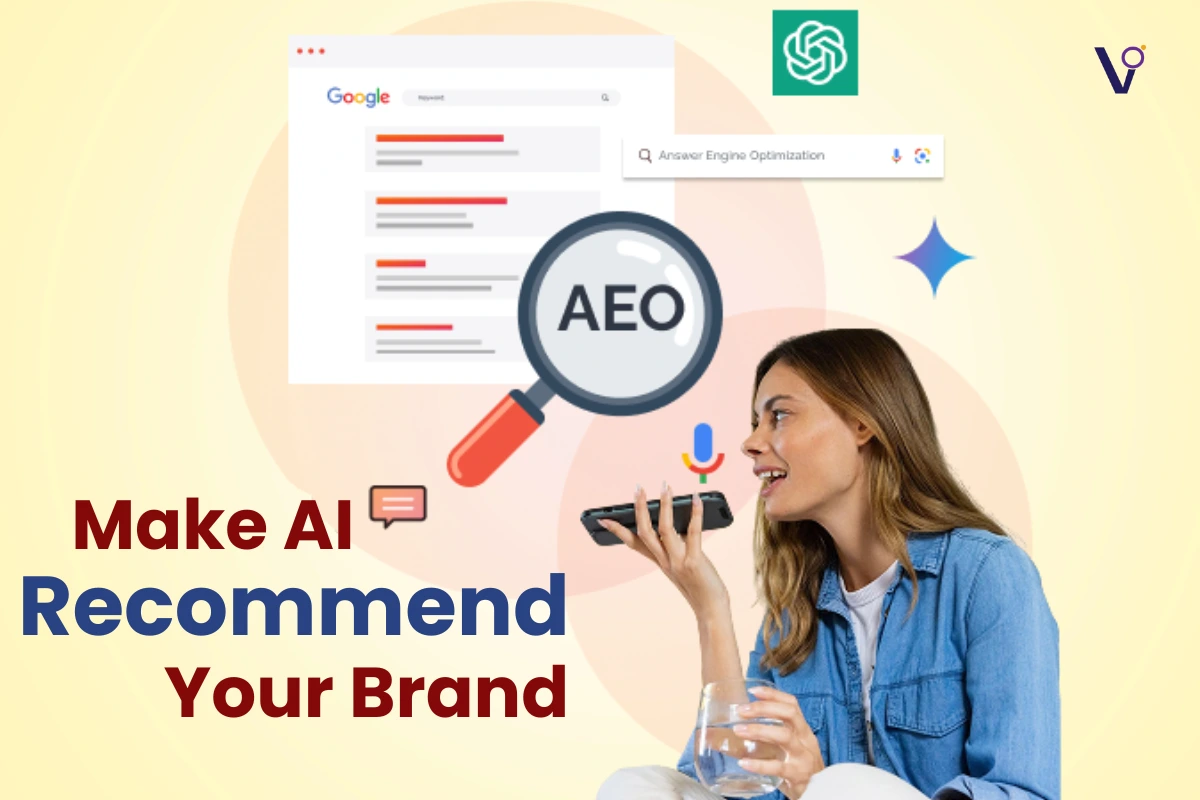We live in a world where people can finance everything from a $1000 iPhone to a $15 burrito. And no, that’s not an exaggeration. What started as a convenience for big purchases has now slipped into daily life, and the financial tool behind this shift is Buy Now, Pay Later (BNPL). This entire phenomenon has also given rise to a new wave of buy now pay later marketing, changing how brands position products and appeal to impulsive buyers.
It’s crucial for businesses to understand not just what BNPL is, but why it’s so addictive for consumers—and how brands can ethically and strategically use it to drive sales.
The $5 Trillion Debt Culture and the Rise of BNPL
It’s no surprise that Americans are holding more debt than ever. In 2024, overall non-housing consumer debt exceeded $5 trillion. That’s enough to buy out every major U.S. sports league ten times over. This growing debt culture isn’t just about big-ticket items anymore.
From body wash to concert tickets, consumers are constantly nudged into splitting payments, thanks to platforms like Afterpay, Affirm, and Klarna. And it’s working. People aren’t asking whether they can afford something—they’re asking how small the first payment is.

As marketers, this shift changes the game. BNPL has become less about affordability and more about psychology. And the brands cashing in know exactly how to position it. That’s where buy now pay later marketing steps in as a strategic advantage.
Why It Feels So Good to Pay Later
BNPL works because it taps into human psychology in ways traditional credit cards never quite could. It’s modern layaway dressed in designer UX. The payment is split into interest-free installments — and that little “Pay just $25 today” button feels irresistible.
Brands use this tool not just to make products accessible, but to reduce the pain of paying. Every marketer knows: the less financial friction you create at checkout, the higher your conversion rates.
And it’s no accident that BNPL buttons are bright, bold, and often pre-selected at checkout. This isn’t a coincidence. It’s a strategy reinforced by smart Buy Now Pay Later marketing.
The Three Cultural Shifts Behind the BNPL Boom
This isn’t happening in a vacuum. There are three cultural trends driving BNPL’s explosive growth:
- The Financialization of Everything: Even a $5 coffee now seems like a financeable purchase.
- Social Media–Driven Consumption: Everyone wants what influencers have, and BNPL makes it possible without upfront costs.
- Post-Pandemic Revenge Spending: After years of restrictions, consumers are splurging on what they missed — even if they can’t fully afford it.
Add declining financial literacy to the mix, and you have a recipe for consumer behavior that marketers can’t ignore.
How BNPL Benefits Businesses
From a commercial perspective, BNPL is not a nicety but a necessity. It’s a proven revenue driver. Brands willingly pay higher merchant fees—sometimes double those of credit card transactions—because BNPL lifts conversion rates and increases average order values.
Consider this:
- If a merchant pays $2.50 on a $100 credit card transaction, they might pay $5 for the same BNPL transaction.
- If that higher fee means a shopper buys $150 instead of $100 worth of items, the math works out.
And the benefits don’t stop there. BNPL services also capture valuable customer data, which brands can later leverage for targeting and remarketing. Remember: when you control the checkout experience, you don’t just close sales — you open doors for future ones. This makes buy now pay later marketing an invaluable tool for long-term business strategy.
How Marketers Use BNPL to Drive Conversions
BNPL succeeds not just because it splits payments, but because of how it’s framed. The smartest brands position it as an exclusive perk, not a financial crutch.
This is how companies are leveraging BNPL as a strategic price psychology solution:
- Reduce sticker shock by showing lower installment payments next to the total.
- Create urgency with time-sensitive promotions like “Pay only $20 today — this week only.”
- Highlight BNPL at checkout with bold, pre-selected buttons.
- Bundle high-ticket items with BNPL options to make bigger spends feel manageable.
Buy now pay later marketing strengthens these tactics by aligning them with customer psychology and digital buying habits.
Why It’s Not All Harmless Fun
The danger, of course, is that consumers increasingly finance everyday expenses — groceries, takeout, even gas. This creates a phenomenon called loan stacking, where multiple small loans quietly pile up until a person is in deeper debt than they realize.
While this isn’t a brand’s responsibility to solve, businesses need to be mindful. Ethical marketing matters. Viral Omega believes that when offering BNPL, brands should clearly communicate payment schedules and avoid exploiting consumers’ instant gratification bias.
Should Your Business Offer BNPL?
Here’s our perspective:
If you’re selling products or services with an average order value over $50, yes — consider it. BNPL increases conversion rates and cart values, especially among younger shoppers aged 18-34, who are the heaviest users of these services.
But only if you implement it responsibly.
Clean, Simple Rules for Brands
If you’re thinking about adding BNPL to your checkout, keep these principles in mind:
- Make payment terms clear and transparent.
- Avoid pushing BNPL on ultra-low-ticket items.
- Use it to increase cart value, not to exploit consumers.
- Balance promotional urgency with ethical messaging.
The goal isn’t to trap customers in debt—it’s to offer flexible payment options that genuinely support smart buying decisions, an essential focus of modern buy now pay later marketing.
The Future of Price Strategy in E-Commerce
The real lesson for businesses isn’t just about BNPL itself, but what it reveals about modern price strategy. Flexibility wins. The more control a customer feels they have over how and when they pay, the more likely they are to convert.
We’re seeing brands shift toward micro-financing models not just for products, but for services, subscriptions, and experiences. Flexible pricing isn’t a trend — it’s fast becoming a baseline expectation.
Whether it’s through BNPL, subscription models, or dynamic pricing offers, the goal remains the same: reduce friction, increase conversions, and build lasting customer relationships through powerful Buy Now Pay Later Marketing.
It splits payments into interest-free installments, creating irresistible “Pay just $25 today” options, reducing financial friction, and boosting conversion rates through strategic, psychology-driven checkout experiences.
Position it as an exclusive perk, reduce sticker shock with lower installments, and create urgency with time-sensitive offers. Highlight bold, pre-selected BNPL buttons at checkout.
Younger shoppers aged 18-34, the heaviest users of BNPL services, especially for products or services with average order values over $50.



